Scar Revision
Scars are a common cosmetic concern. Scarring is a consequence of wound healing. Any wound to the skin including an injury, a burn, surgery and acne can cause scarring. Once a scar forms it improves over a year but in many cases it is considered permanent. Scars can be raised or recessed, larger than the injury or the same size, and different in color and texture from the unscarred skin.
Scar revision treatment is intended to improve the appearance of the scar, its tone and texture, so that it blends in with the surrounding skin. Fortunately, there are many good options to minimize the appearance of a scar. The right treatment for you depends upon various factors like the type of scar, its location, thickness and age, as well as your skin type.
Treatment options for scarring
- Dermabrasion is a safe and effective method to treat scarring, particularly rough or elevated scars. Using a special tool, the procedure removes the upper most layer of skin. As the skin heals, new skin replaces the old to improve the appearance of superficial scars, making them less visible. Typically, a 50% reduction in scarring is considered a good result.
- Dermal fillers are valuable to fill in depressed or concave scars. The improvements can last for months or up to a year, depending on the filler chosen. Repeated treatments are necessary to maintain the results.
- Keloids and hypertrophic scars require advanced training to be effectively treated. Dr. Farhang has advanced training in treating these scars including the use of surgery, steroid and 5FU (5 fluorouracil) injections and superficial radiation therapy (SRT) to soften and shrink these hard scars. Treatments will improve the size, texture, and appearance of raised scars.
- Subcision is a minor surgical procedure designed to treat depressed scars by releasing hard and fibrous scar tissue, lifting the depression. A filler can be injected to raise any remaining depression.
- Laser therapy treats thick, red, large, indented, raised scars with a special vascular laser (a pulsed dye laser) to reduce or eliminate hyperpigmentation. Usually pulsed dye laser treatment is done first, followed by CO2 laser treatment to reach the depth of the scar.
- An IPL Photofacial can treat hyperpigmented acne scars.
- Chemical peels, especially TCA peels are good for pitted acne scars. Deep peels go deep into the skin and can take several weeks to heal. They treat the entire face and produce smoother, more youthful looking skin.
- Laser skin resurfacing can penetrate and break down scar tissue without damaging healthy skin. An added benefit is the stimulation of collagen production which will naturally lift and fill depressed acne scars. Laser skin resurfacing is good for pitted acne scars. Healing takes about 7-10 days but will produce smoother, more youthful looking skin. It cannot be used while you still have acne breakouts.
- Deep severe acne scarring is best treated with surgical scar revision because these scars tend to be under tension and surgery can release the tension. Surgery will leave a scar, but it will be less visible and more acceptable than the scarring that was removed.

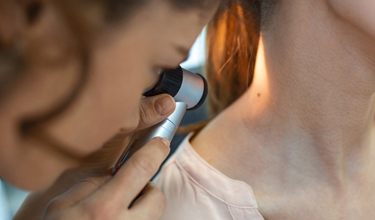

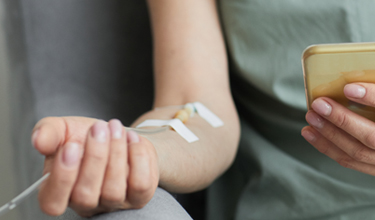
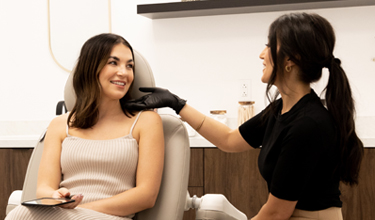
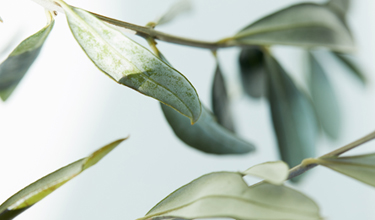
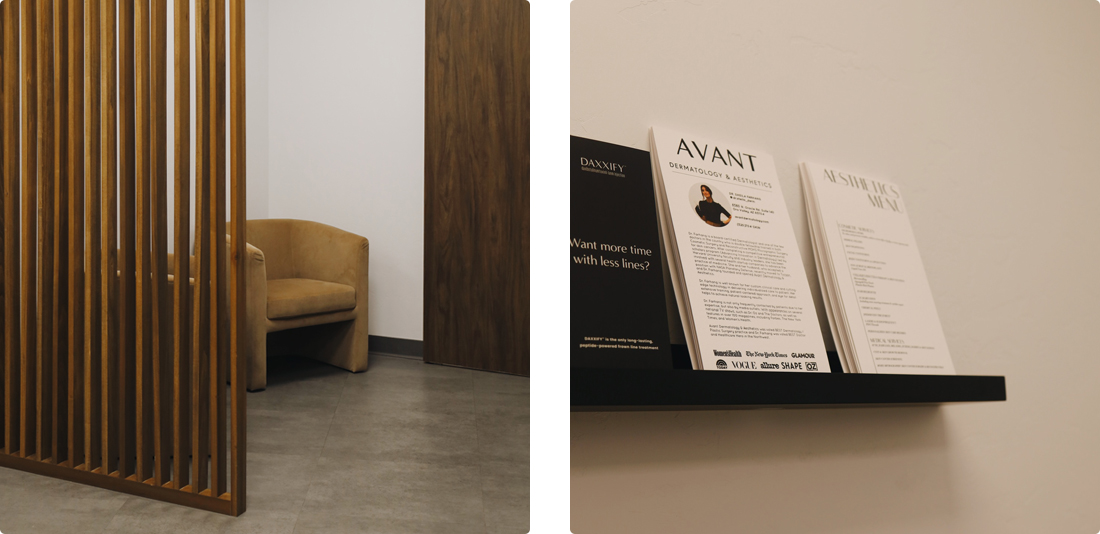

 / 291 Reviews
/ 291 Reviews
socialize with avant
#naturalskin